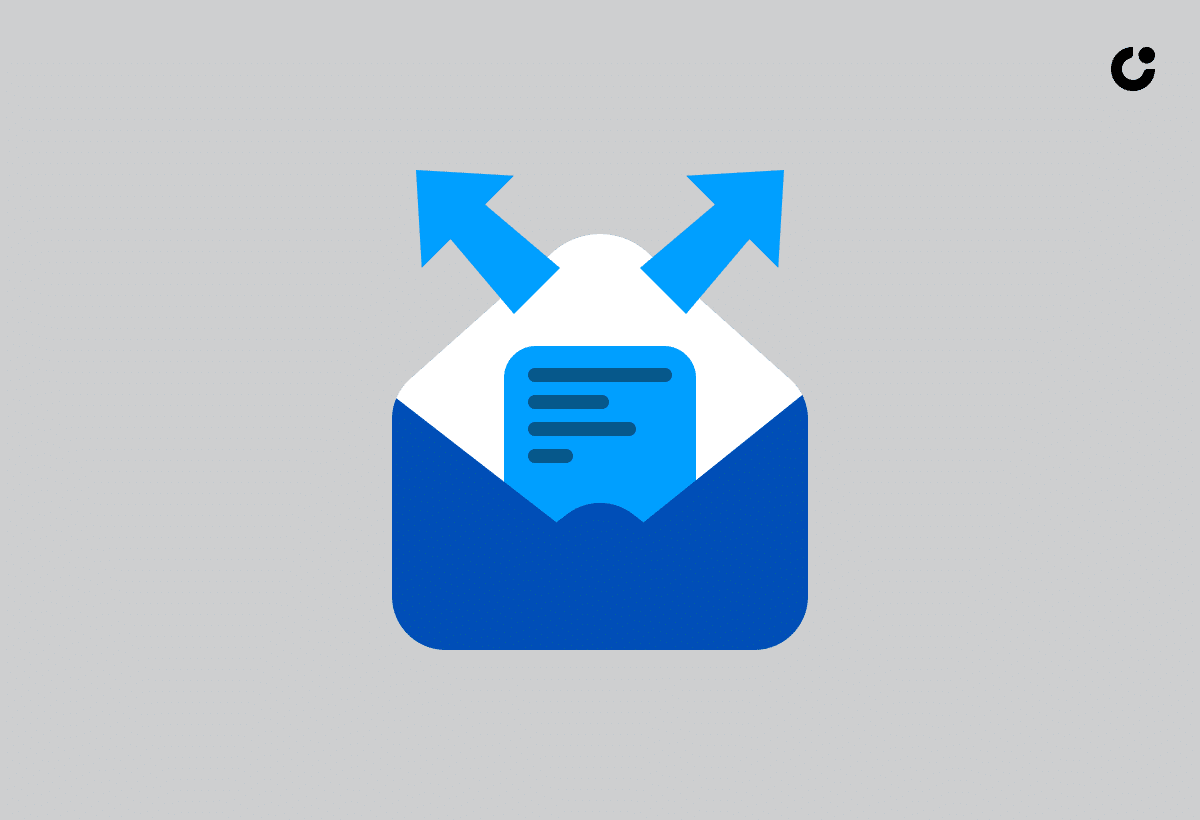Imagine transforming your sales process and skyrocketing your leads simply by crafting the perfect sales email after an event. Mastering the art of post-event follow-up emails can make all the difference in your sales pipeline. In this blog post, you’ll learn the secrets to creating impactful follow-up emails, personalization tactics, effective call-to-actions, and how to leverage CRM tools for maximum efficiency. Get ready to maximize your leads and close deals like never before!
Key Takeaways
- Master the key components of effective post-event sales emails, such as timing and personalization.
- Leverage CRM tools to organize prospect information and automate follow up sequences.
- Avoid common pitfalls in crafting your message by providing clear direction, avoiding overloads with info, and personalizing messages.
The Art of Crafting a Post-Event Sales Email

Post-event sales follow-up emails play a key role in maintaining the momentum and converting attendees into potential customers. Understanding how to craft an effective follow-up email is important. This involves:
- Selecting an appropriate time to send it
- Creating an engaging subject line
- Organizing your message for greatest impact
- Expressing gratitude
- Personalizing content
- Clearly stating the purpose of your email
- Ensuring timeliness with an engaging email subject line
Mastering these key components will help you craft impactful follow-up emails, leaving lasting impressions on your prospects and maintaining their engagement with your brand. The subsequent sections will provide a detailed examination of each aspect involved in crafting the ideal post-event sales email, guiding you progressively through the process.
Choosing the Right Moment to Send Your Follow-Up
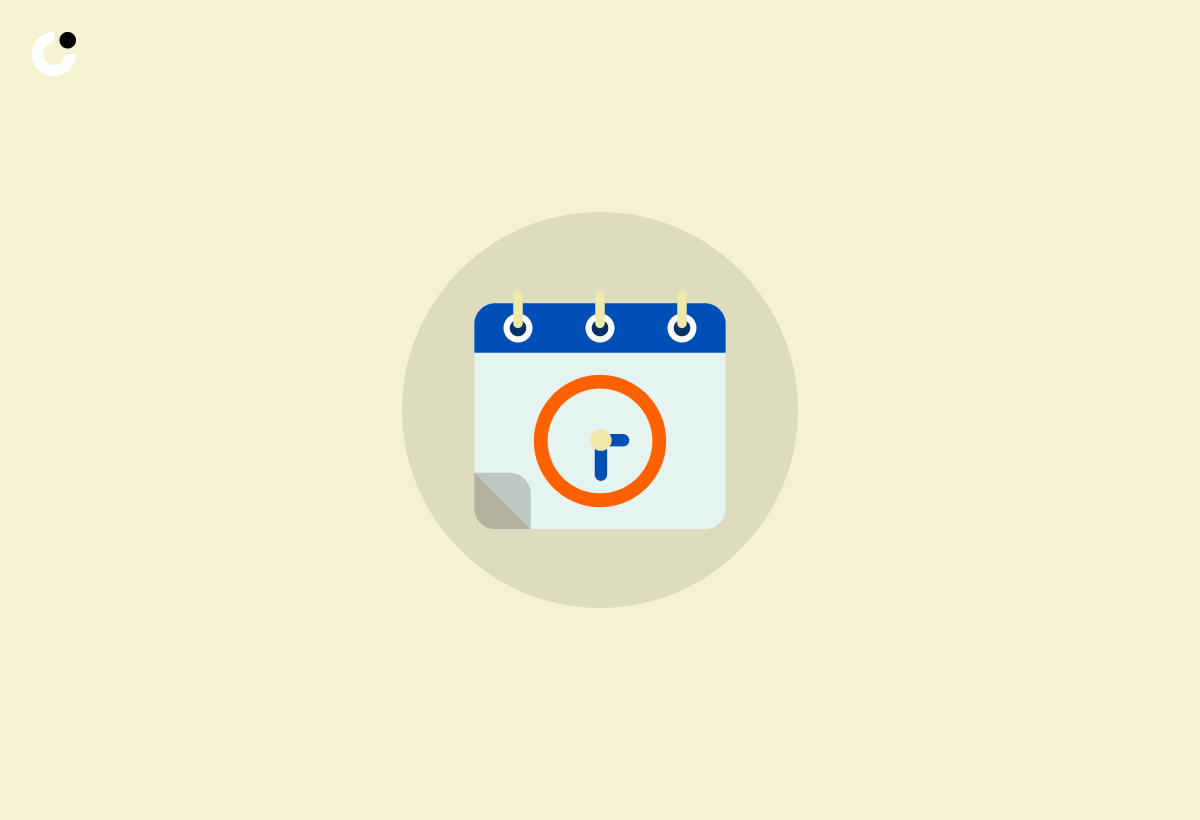
Timing is everything when it comes to sending a post-event sales email after a networking event. Sending your follow-up too soon could make you seem pushy, while waiting too long might cause you to lose the prospect’s interest. The general recommendation is to send a follow-up within 24-48 hours of the meeting, using follow-up templates. However, this can vary depending on the context. For example, if you left a voicemail, it’s best to send a follow-up email 4 to 6 working hours after the voicemail is left, using attention-grabbing email subject lines.
Boosting follow-up open rates requires collecting pertinent data about your existing customer base and pinpointing the best ways to interact with potential customers. If you don’t have access to past data on email open and reply rates, conducting A/B testing can be an effective way to determine what resonates with your subscribers. Selecting the appropriate time to send your follow-up email will optimize engagement and enhance the likelihood of converting prospects into customers.
Composing an Engaging Subject Line
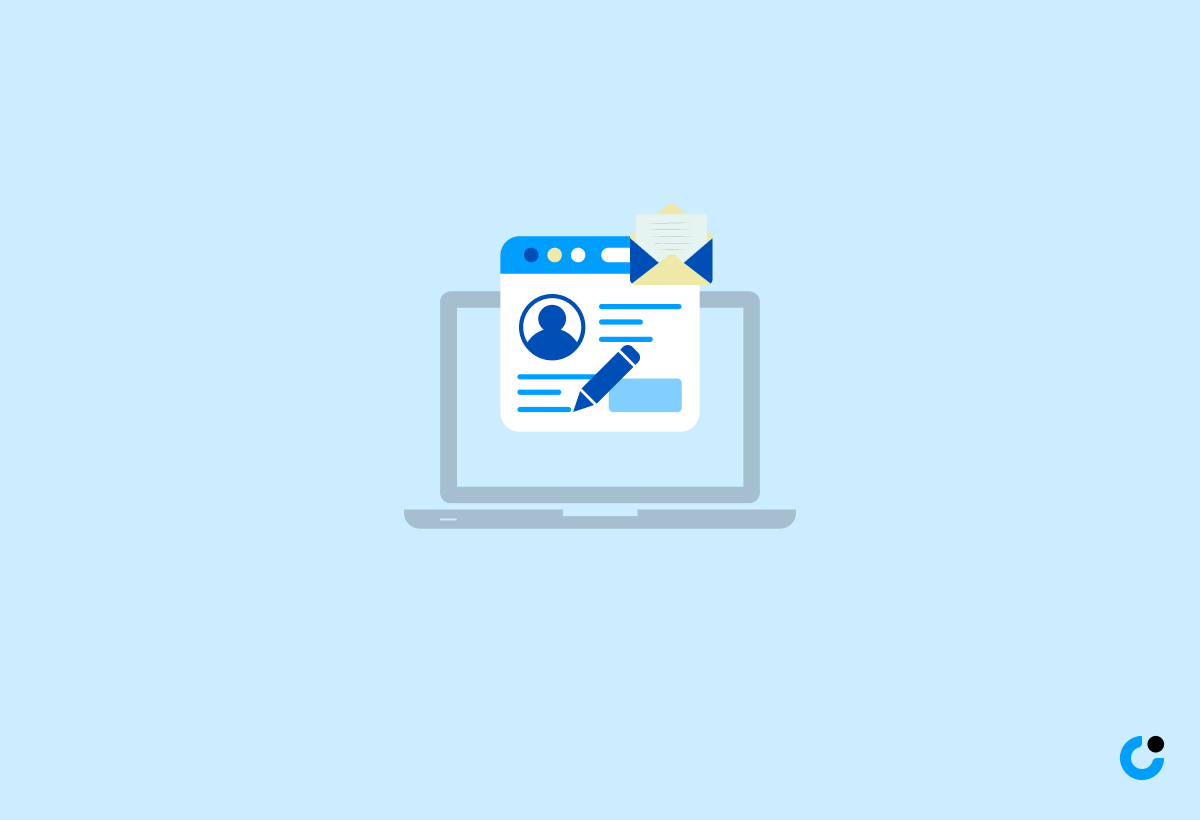
The subject line is the gateway to your email and plays a significant role in determining whether the reader opens it or not, especially after a trigger event. Creating an enticing subject line for a post-event sales email requires authenticity, relevance, and conciseness (50 characters or less). Avoid using phrases such as “wanting to touch base,” “just checking in,” or “circling back around,” as these can come across as generic and uninteresting.
Instead, focus on crafting a subject line that piques the recipient’s curiosity and encourages them to open the email. Personalize the subject line by addressing the individual by name and including a reference to the event or a shared experience. Creating an engaging subject line enhances the probability of your follow-up email being opened and read, thereby improving your sales conversion rates.
Structuring Your Message for Maximum Impact

Organizing your follow-up email for greatest impact is fundamental to achieving your intended outcome. A well-structured follow up message should include a thank you note, the main body (which outlines the purpose of the email), and a clear call to action. To ensure your email is effective, use concise language, precise details, and easily scannable content. Crafting a compelling follow up email subject is also crucial, as it can determine whether your email gets opened or ignored. Avoid using overly elaborate or abstruse language, as this can confuse readers.
A post-event sales email should include:
- The information that was promised during the event, whether it’s a product demo, a case study, or a link to a relevant resource
- Keeping the email between 50 and 125 words to ensure it’s easily digestible and gets straight to the point
- Effectively organizing your message to simplify the understanding of your offer for your prospect, facilitating the next step in the sales process.
Personal Touch Points: Making Your Follow Up Stand Out
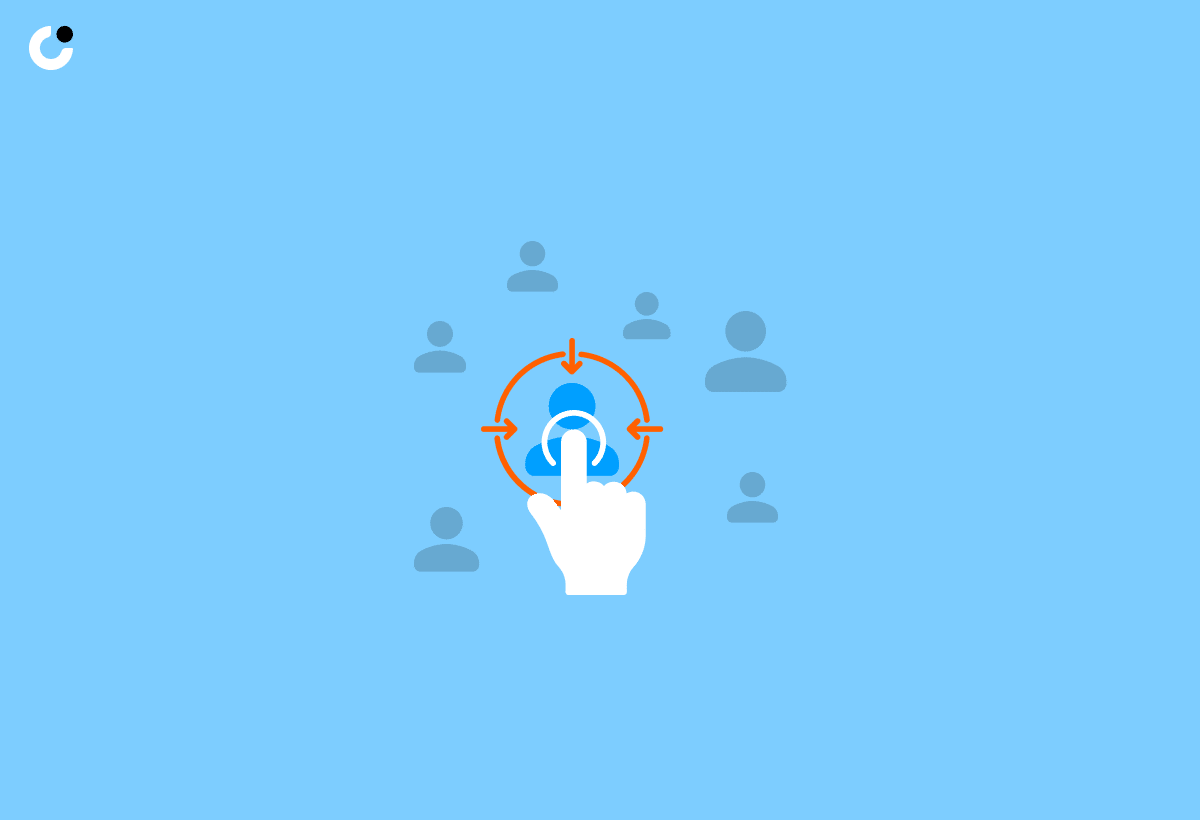
In a world where prospects are bombarded with marketing messages daily, personalizing your follow-up emails can make all the difference in standing out from the crowd and creating a memorable impression on your prospects. The subsequent subsections will delve into strategies for personalizing your follow-up emails, including referencing shared experiences, emphasizing key takeaways from the event, and providing additional value.
Referencing Shared Experiences
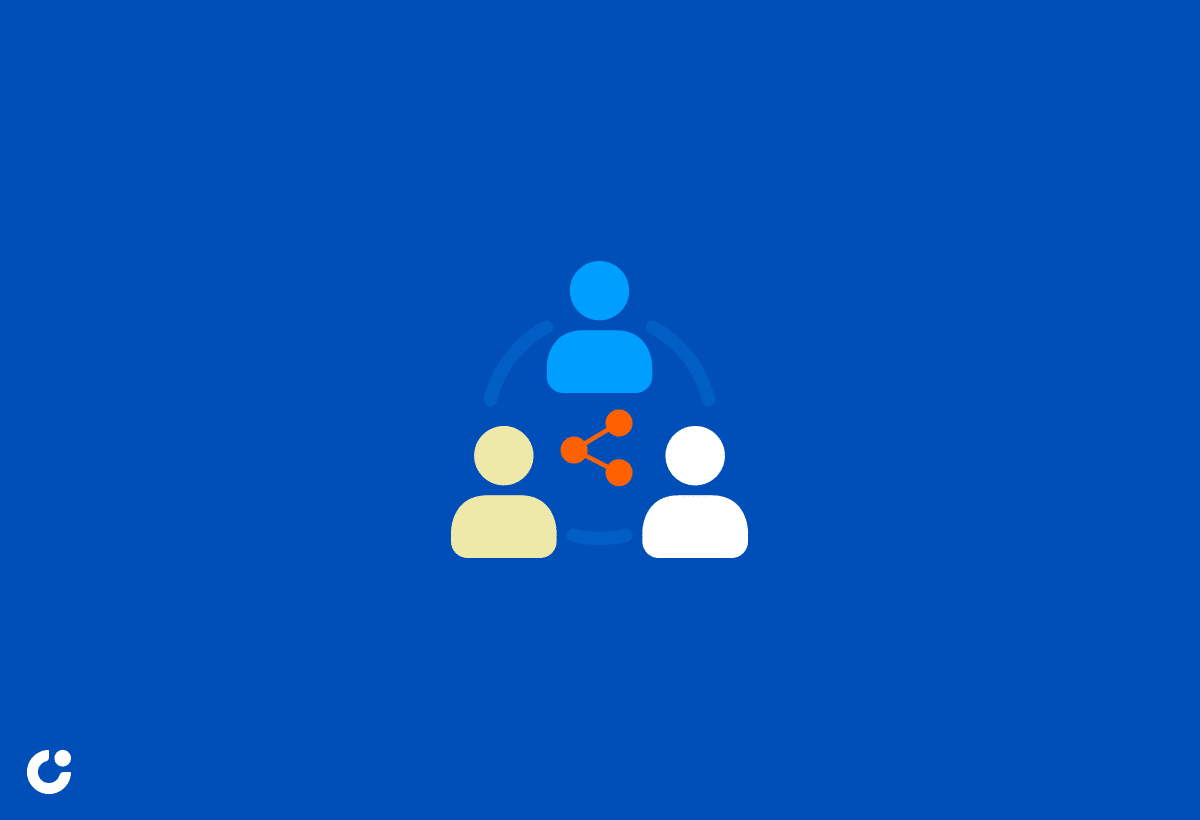
Creating a connection with your prospect by referencing shared experiences from the event can help foster rapport and encourage a positive response. Some effective strategies for doing this include:
- Creating an engaging subject line
- Introducing yourself and noting the context of your interaction
- Referencing something specific from the meeting or event
- Sharing (or resharing) event content or materials
When crafting a follow-up email, consider referencing:
- Common interests or hobbies discussed
- Memorable moments or highlights
- Personal connections made
- Any shared experiences that occurred during the event
This personal touch can help establish a connection with your prospect and make your follow-up email stand out from the sea of generic messages in their inbox.
Highlighting Key Takeaways
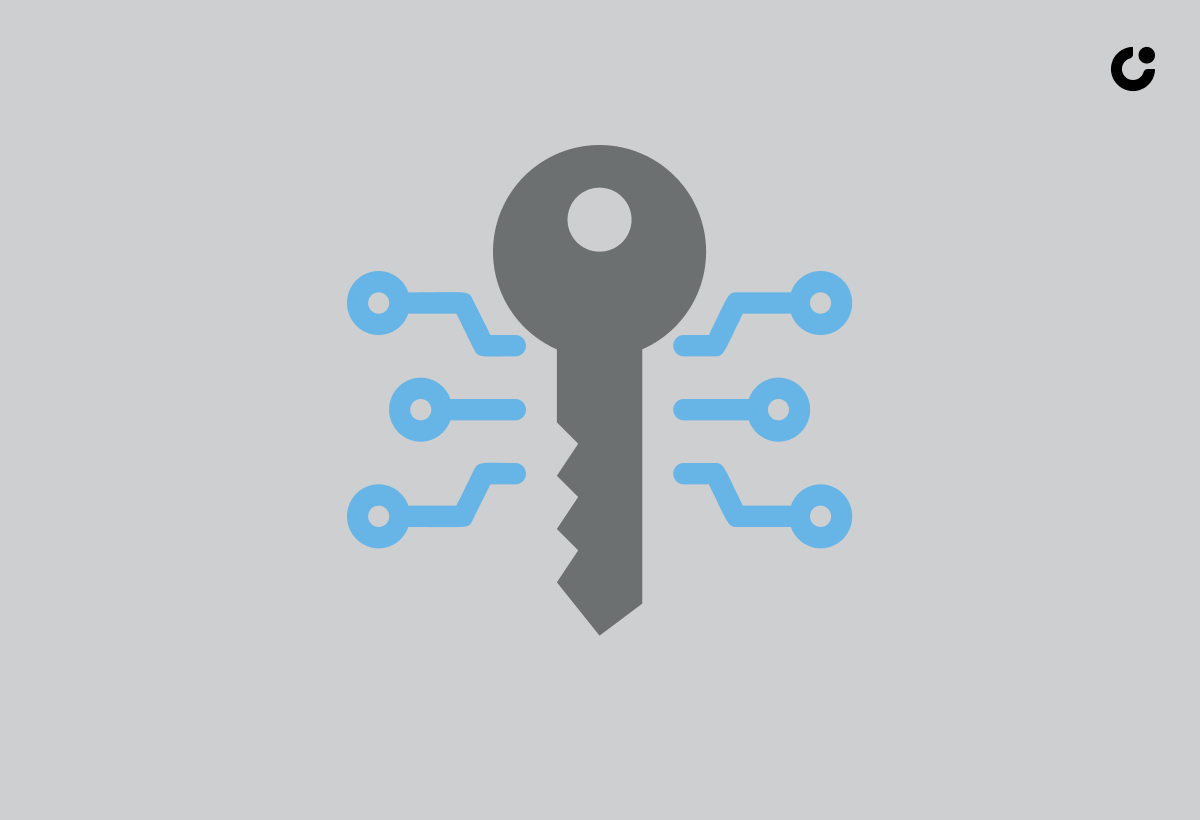
Highlighting key takeaways from the event in your follow-up email can showcase your understanding of the prospect’s needs and demonstrate your commitment to addressing their challenges. Some effective ways to emphasize key takeaways include:
- Summarizing the event’s main highlights
- Expressing appreciation for the attendee’s participation
- Providing relevant content or resources related to the event’s topics
Highlighting these key points not only showcases your expertise but also offers insights that can aid your prospect in making knowledge-based decisions. This thoughtful approach to follow-up emails can lead to increased trust, engagement, and ultimately, successful sales conversions.
Offering Additional Value
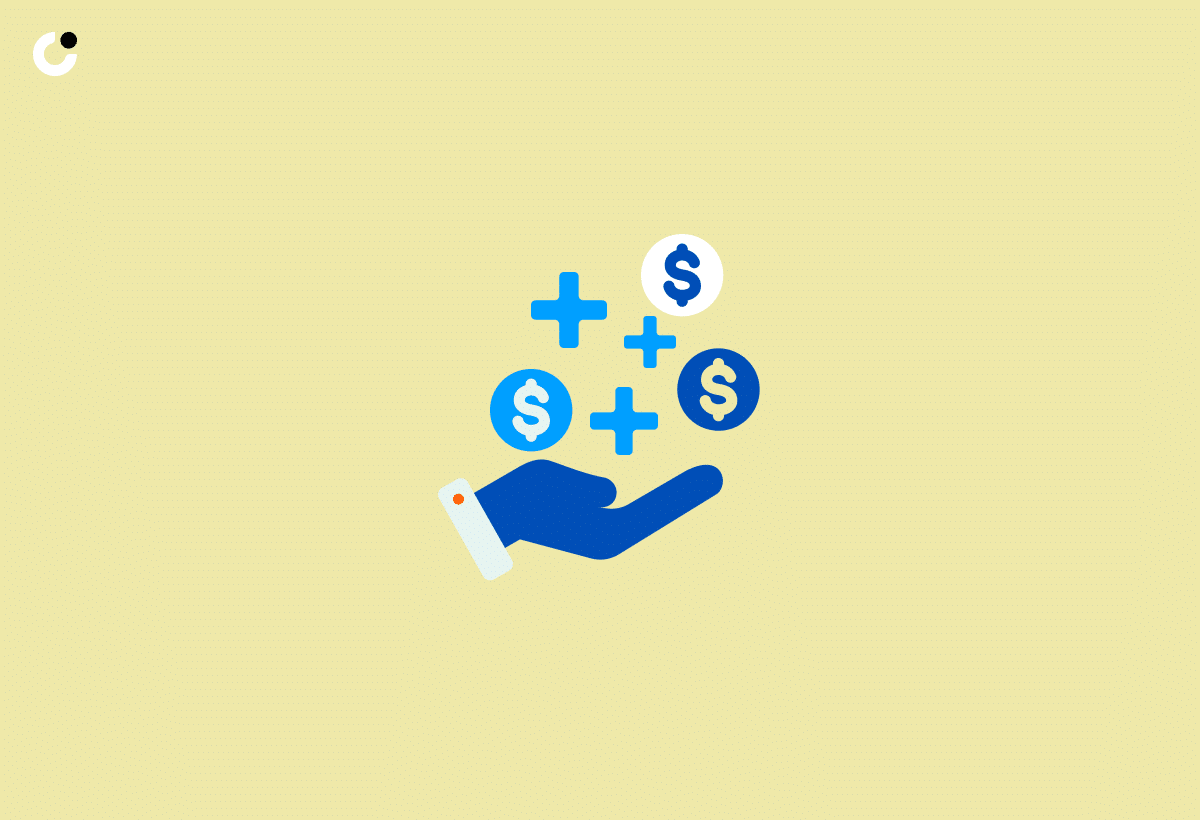
Providing additional value in your follow-up email can further stimulate your prospect’s interest and position you as a trusted advisor rather than just another salesperson. This can be achieved by offering valuable resources, sharing industry insights, or suggesting personalized solutions to their pain points.
For example, you could include a case study that demonstrates the success of your product or service in addressing a specific industry pain point, or provide a helpful resource that offers actionable tips to overcome a common challenge. Including additional value in your follow-up email not only demonstrates your dedication to assist the prospect, but also elevates the chance of receiving a positive response.
Effective Call-to-Actions in Sales Emails
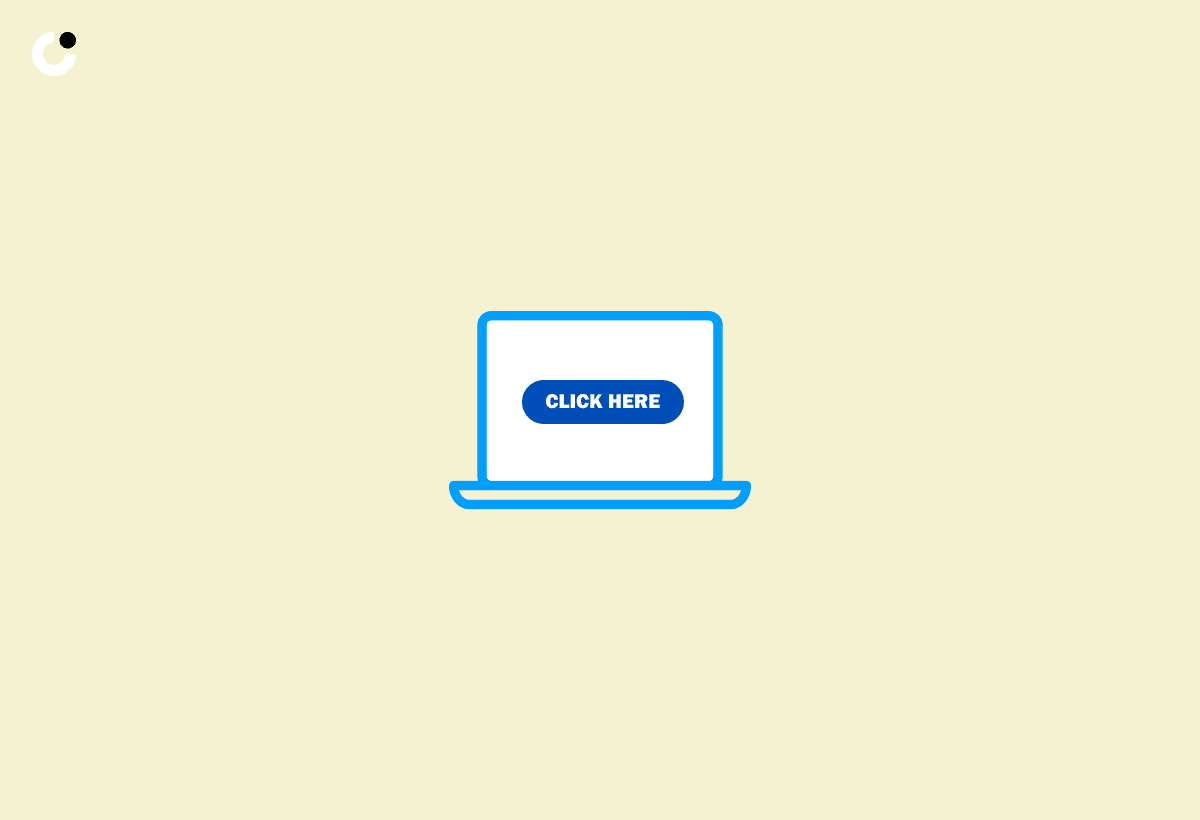
A strong call-to-action (CTA) is the backbone of any successful sales email, guiding prospects towards the desired outcome and moving them through the sales funnel. This section covers how to construct compelling call-to-actions that motivate your prospects to take the next step, such as scheduling a demo, downloading a guide, or making a purchase.
Defining the Next Steps
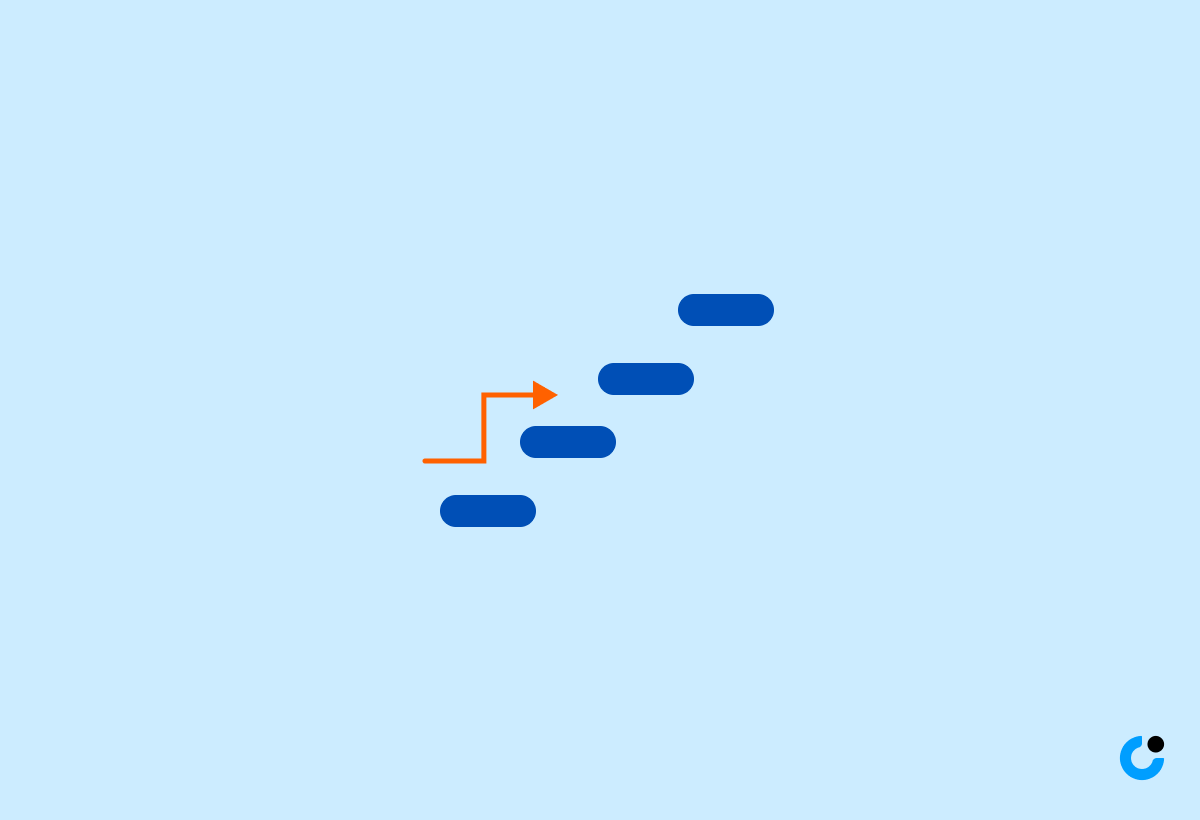
Clearly outlining the next steps for your prospect is essential for ensuring a smooth customer journey and guiding them through the buying process. This can be achieved by providing clear instructions on what action they should take, such as clicking a link, scheduling a call, or replying to your email.
In your follow-up email, consider using phrases like “Schedule a demo now” or “Download our free guide” to provide a clear and direct call-to-action that guides your prospect towards the desired outcome. Outlining the next steps simplifies the action process for your prospect, helping them progress in their customer journey.
`
Encouraging prospects to act quickly is a powerful sales tactic, but it’s essential to do so without coming across as pushy or overly aggressive. To create urgency without pressure, consider using language that highlights the time-sensitive nature of your offer, such as:
- “Limited time”
- “While supplies last”
- “Offer expires soon”
- “Don’t miss out”
- “Act now”
- “Limited availability”
By using these phrases, you can create a sense of urgency without being pushy or aggressive.
Another strategy is to emphasize the benefits of acting quickly, like securing an exclusive discount or receiving early access to a product or service. Generating urgency without applying pressure motivates your prospects to take action, while maintaining a professional and accommodating tone.
The Follow-Up Sequence: Nurturing Leads Post-Event

A well-planned follow-up sequence is vital for nurturing leads post-event and guiding them through the sales funnel. This section covers the various types of follow-up emails that can be used to sustain engagement and bring prospects closer to conversion, along with the significance of monitoring outcomes and maintaining contact throughout the sales process.
Initial Follow-Up Email Immediately After Event
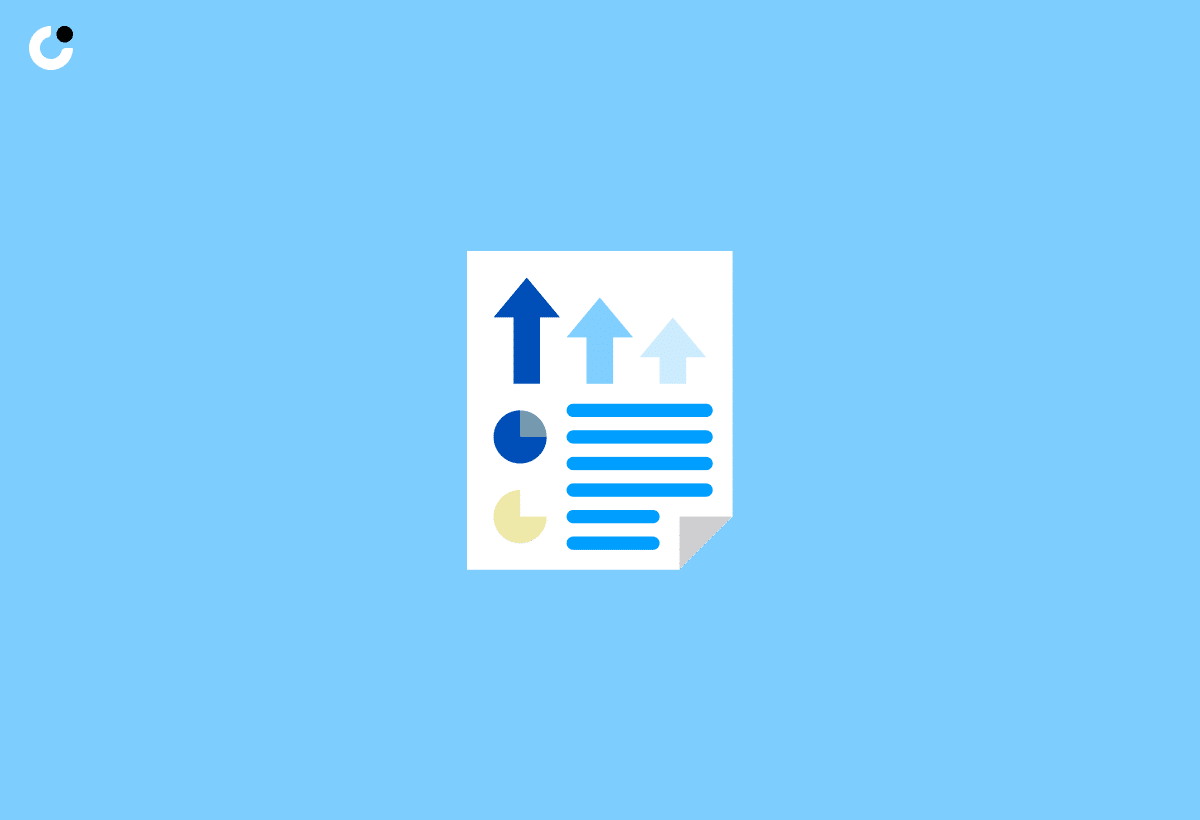
The initial follow-up email immediately after an event serves as a reminder of your identity and showcases the value you can offer to your prospect. To create an impactful first follow-up email, you should:
- Include a concise reminder of your prior correspondence and the purpose of the follow-up
- Use a friendly conversational tone
- Personalize the email
- Incorporate a clear call-to-action
Sending this initial follow-up email within 24-48 hours of the event is generally recommended, as it ensures that your message is timely and relevant while the event is still fresh in the prospect’s mind. Creating an impactful initial follow-up email lays the foundation for a successful and continuous relationship with your prospect.
The Gentle Reminder Email
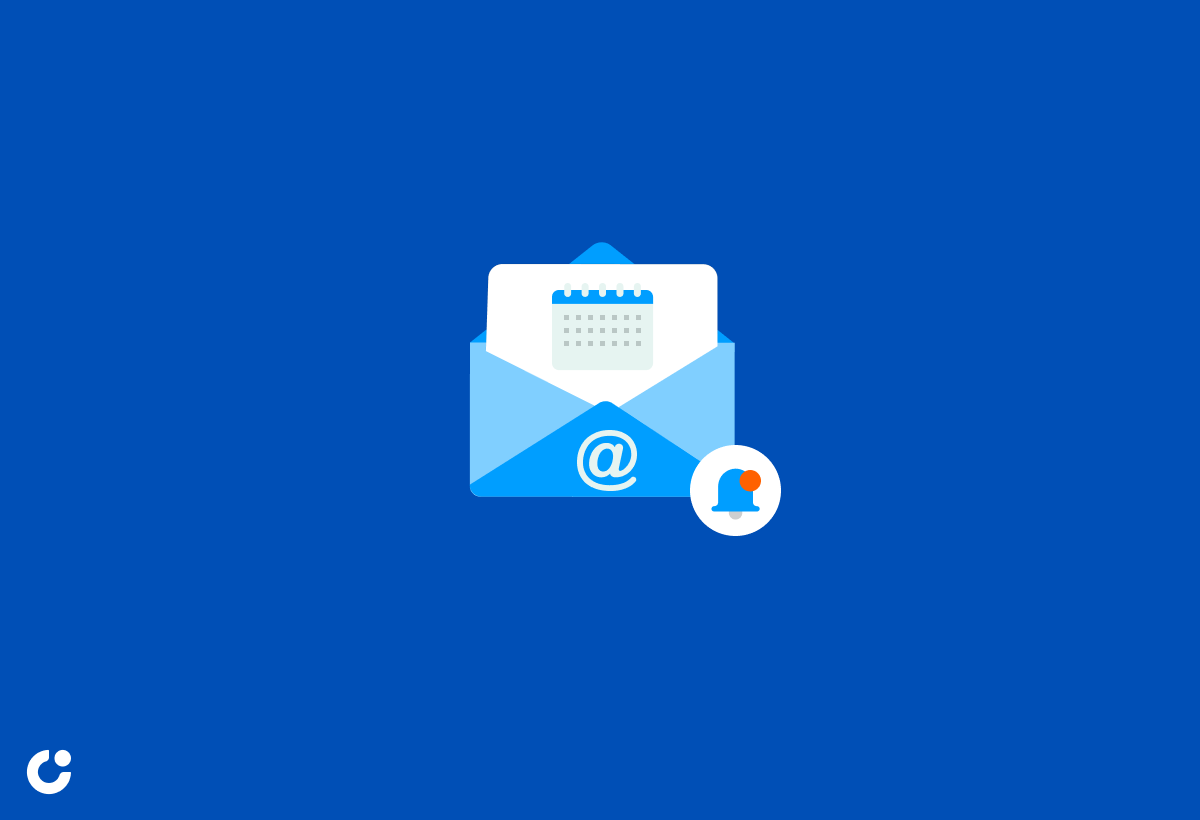
When a prospect hasn’t responded to your previous follow-up emails, it’s essential to send a gentle reminder email that re-engages them without appearing pushy or desperate. To do this, remind the prospect of your previous correspondence and explain how your product or service can benefit them without being overly aggressive.
The no-response follow-up email template is recommended for use when a prospect hasn’t responded to your initial or subsequent follow-up emails. Sending a gentle reminder email provides the prospect with another chance to interact with your message, enhancing the possibility of a response. Utilizing follow up email templates, like the no-response follow-up email template, can save time and ensure consistency in your communication.
Keeping the Ball Rolling

Preserving momentum with prospects via continuous communication is key for a successful sales process. To keep the ball rolling, it’s essential to stay in contact through various forms of communication, such as emails, phone calls, and social media. Providing value to prospects by addressing their pain points, sharing industry insights, and offering personalized solutions can help keep them engaged and moving through the sales funnel.
Monitoring outcomes and learning from your follow-up efforts is also an integral part of the process. By tracking your email open rates, response rates, and conversion rates, you can adapt your follow-up strategies to better meet the needs of your prospects and improve your sales results.
Avoid These Common Follow-Up Pitfalls

While crafting effective follow-up emails is essential, it’s equally important to avoid common pitfalls that can hinder your success. The following subsections discuss common mistakes to steer clear of when crafting and sending follow-up emails, like providing excessive information, ignoring personalization, and not providing clear direction.
Overloading With Information
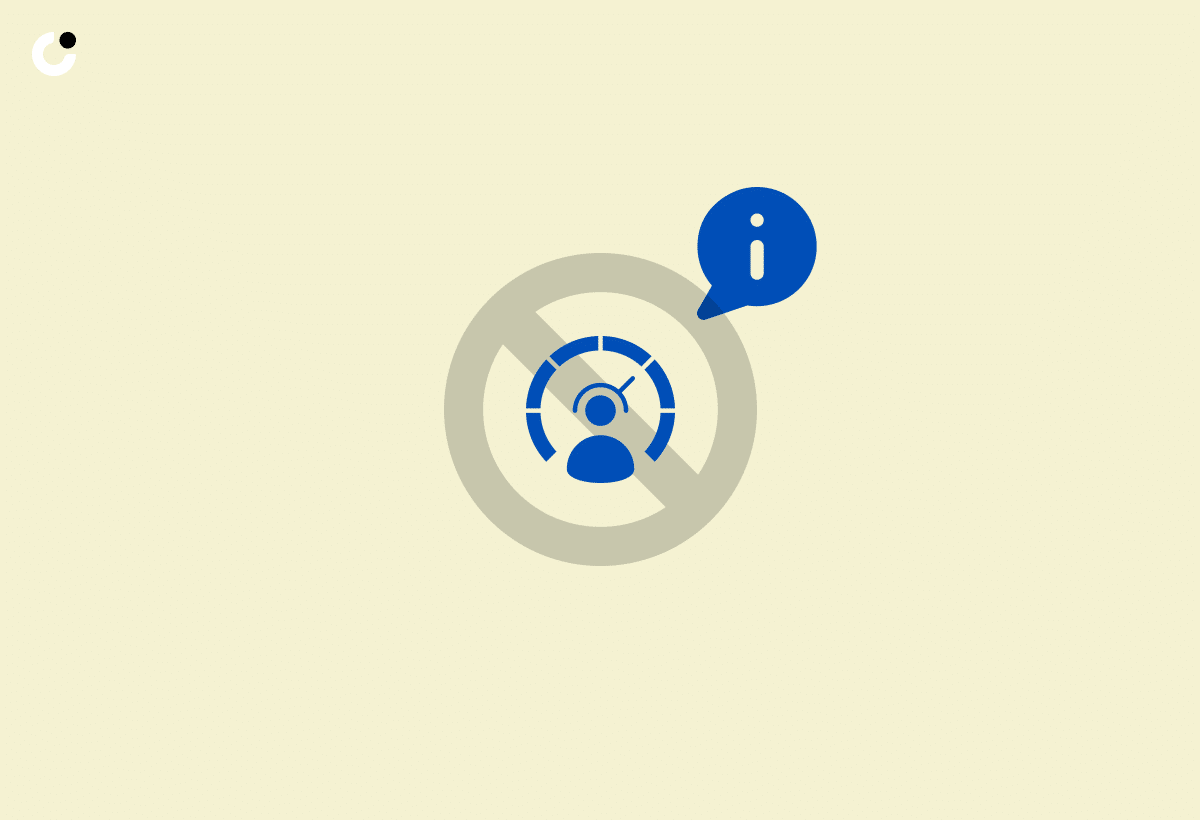
Including too much information in a follow-up email can overwhelm the recipient and lead to various negative consequences, such as:
- confusion
- information overload
- reduced response rates
- a negative impression of your professionalism
To prevent information overload, strive to keep your follow-up email brief and direct, ideally ranging between 50 and 125 words.
Instead of trying to cover every detail of your product or service, emphasize the most relevant points and benefits that directly address the prospect’s needs or pain points. This targeted approach will ensure your message remains clear and impactful, without overwhelming the recipient.
Neglecting Personalization
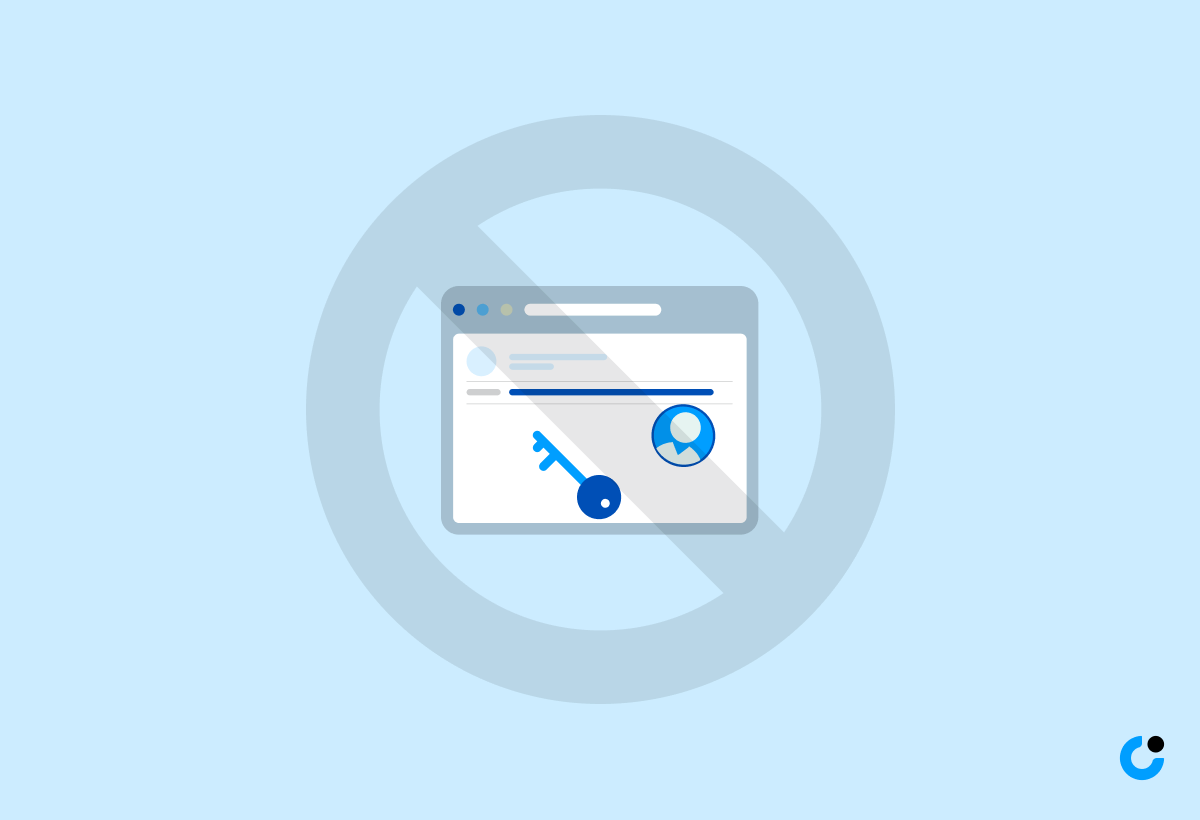
Personalization is fundamental to building a relationship with your prospects and distinguishing your follow-up emails from those of competitors. Failing to personalize your emails can result in generic, uninteresting messages that get lost in the prospect’s inbox and ultimately lead to missed opportunities.
For effective personalization of your follow-up emails, consider integrating customer data like:
- their name
- company
- job title
- past interactions or purchases
By tailoring your message to the prospect’s unique needs and interests, you’ll increase the chances of engaging them and fostering a successful sales relationship.
Failing to Provide Clear Direction

Including clear instructions and call-to-actions in your sales follow up email is vital for directing prospects through the sales process and assuring a smooth customer journey. Failing to provide clear direction can create confusion, misunderstandings, and uncertainty, which can lead to delayed or no responses, missed opportunities, and lost potential sales.
To avoid these pitfalls, make sure to include a clear and direct call-to-action in your follow-up email, such as “Schedule a demo now” or “Download our free guide”. By offering clear guidance on the next steps for your prospect, you’ll make it easy for them to take action and continue their journey through the sales funnel.
Leveraging CRM Tools for Effective Follow-Ups
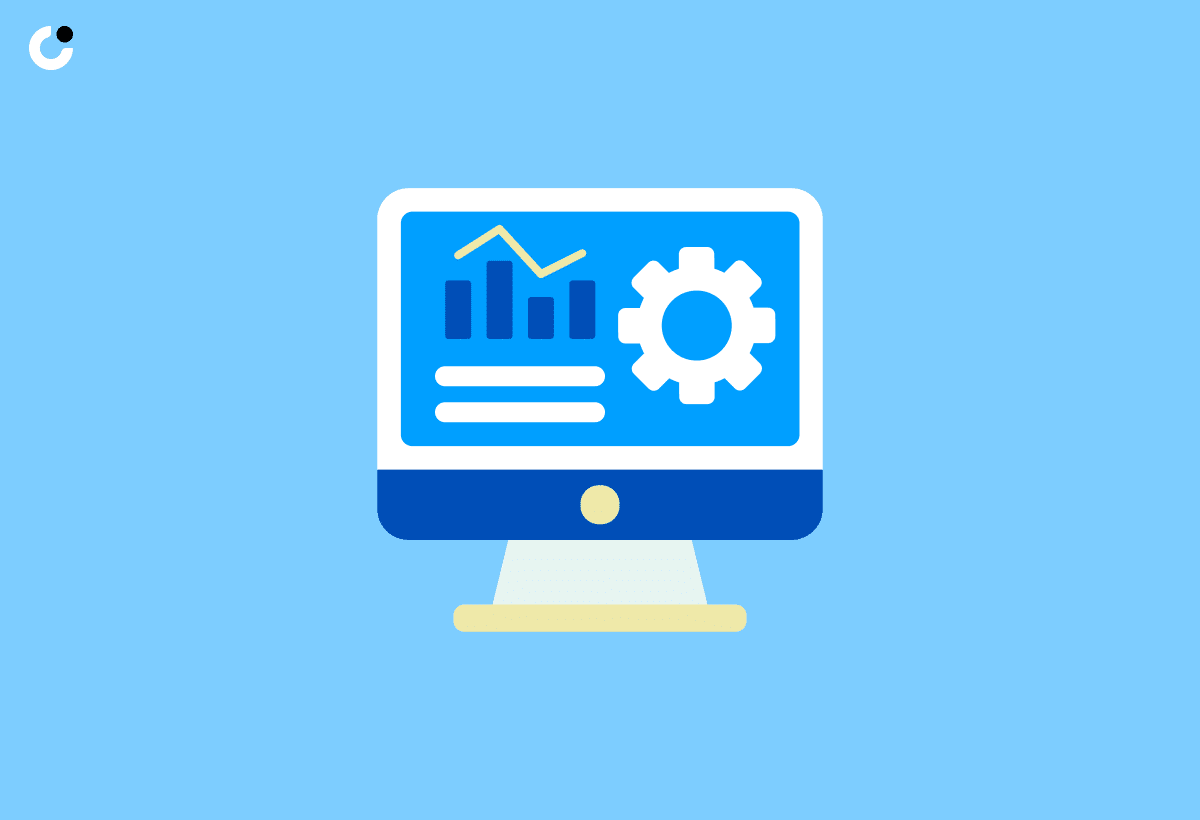
Customer relationship management (CRM) tools can be invaluable assets in crafting and managing effective follow-up emails. This section discusses how CRM tools can assist in organizing prospect information and automating follow-up sequences for optimal efficiency and effectiveness in your sales process.
Organizing Prospect Information
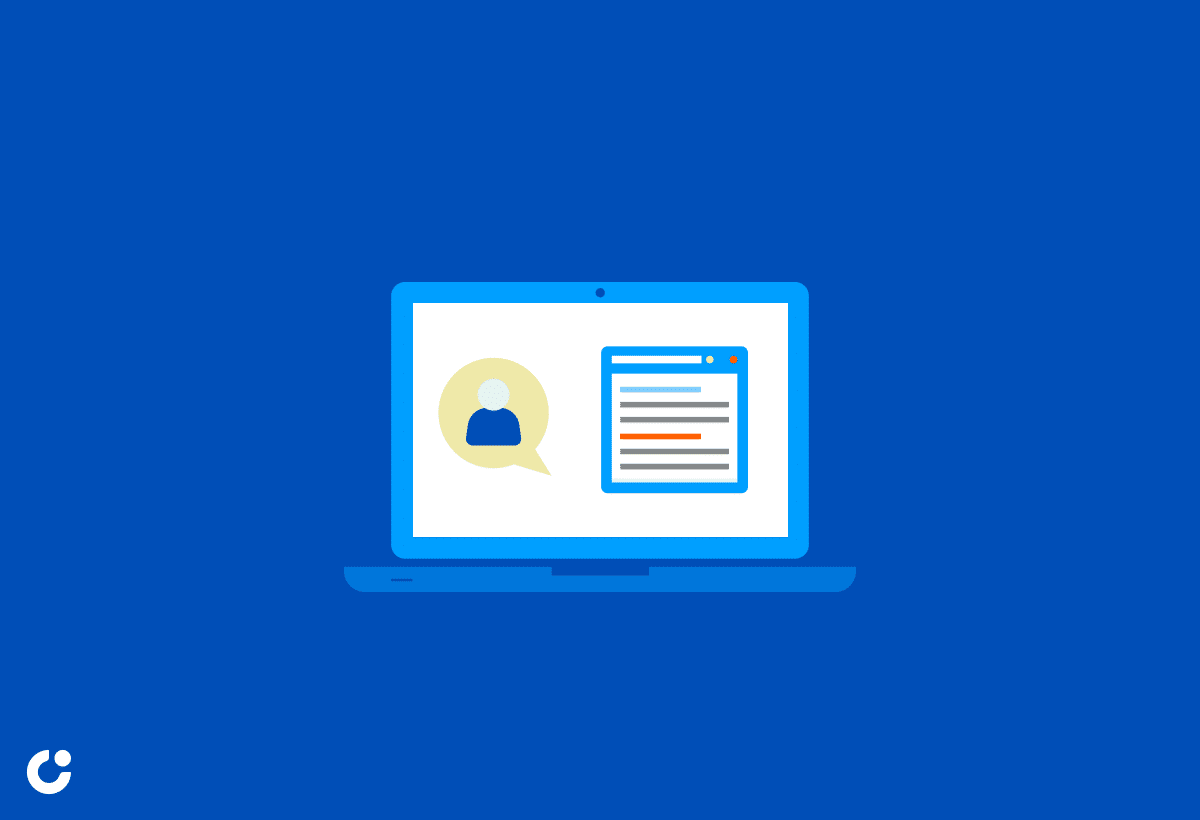
CRM tools can assist in organizing prospect information by providing a centralized platform for storing and recording essential data about prospects, like contact information, the source of their interest, and any related interactions or opportunities. This centralized repository allows you to collect and manage data, making it easier to track and prioritize prospects, improve communication, and make informed sales decisions.
Utilizing CRM tools to organize prospect information ensures that your sales team has the necessary data to create targeted and personalized follow-up emails, which ultimately enhances the likelihood of successful sales conversions.
Automating Follow-Up Sequences

Utilizing CRM tools to automate follow-up email sequences can provide several advantages, including:
- Enhanced productivity
- Better lead nurturing
- Prompt follow-ups
- Data-driven decisions
By streamlining the process of sending follow-up emails, CRM tools can save time and ensure that your prospects receive consistent, personalized communication at each stage of the sales process.
Some recommended CRM tools for automating follow-up email sequences include:
- Klenty
- QuickMail
- Woodpecker
- Reply.io
- Overloop
- Mailshake
- Outreach
- PersistIQ
- BIGContacts
- HubSpot CRM integrated with Sendinblue
- Mixmax
- EngageBay
By leveraging these tools, you’ll improve the efficiency and effectiveness of your follow-up efforts, ultimately leading to better sales results.
Summary
In conclusion, crafting the perfect sales email after an event is an essential skill for maximizing your leads and driving sales success. By mastering the art of timing, composing engaging subject lines, structuring your message for maximum impact, personalizing your follow-ups, and leveraging CRM tools for organization and automation, you’ll create powerful follow-up emails that leave a lasting impression on your prospects. With these strategies in hand, you’ll be well-equipped to nurture leads post-event and guide them through the sales funnel towards conversion. Now it’s time to put these techniques into action and watch your sales soar!
Frequently Asked Questions
How soon should I send a follow-up email after an event?
It is recommended to send a follow-up email within 24-48 hours of the event.
What are some effective strategies for personalizing follow-up emails?
Effective strategies for personalizing follow-up emails include addressing the recipient by name, referencing shared experiences, highlighting key takeaways, and offering additional value.
How can CRM tools help with organizing prospect information for follow-up emails?
CRM tools can provide a centralized repository for storing and tracking essential data about prospects, enabling you to prioritize them, improve communication, and make more informed sales decisions - all necessary to help with organizing prospect information for follow-up emails.
What are some common pitfalls to avoid when crafting follow-up emails?
To ensure your follow-up emails are effective, avoid using excessive information, neglecting to personalize the message, and not including a clear call-to-action. Additionally, use a professional tone to make a connection with your reader.
How can I create a sense of urgency in my follow-up emails without appearing pushy?
Focus on the benefits of acting quickly by using language like "limited time" or "while supplies last," to create a sense of urgency without appearing pushy.

